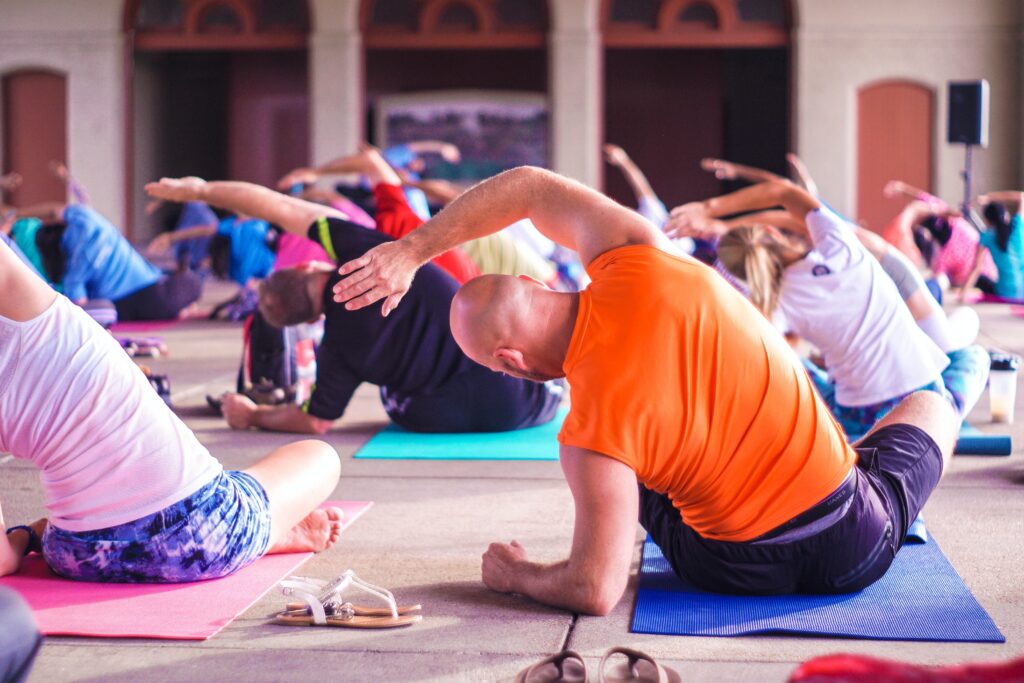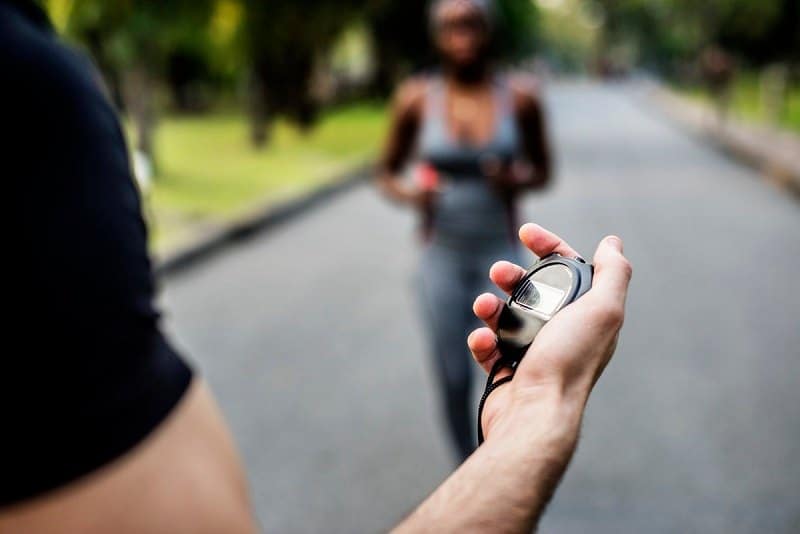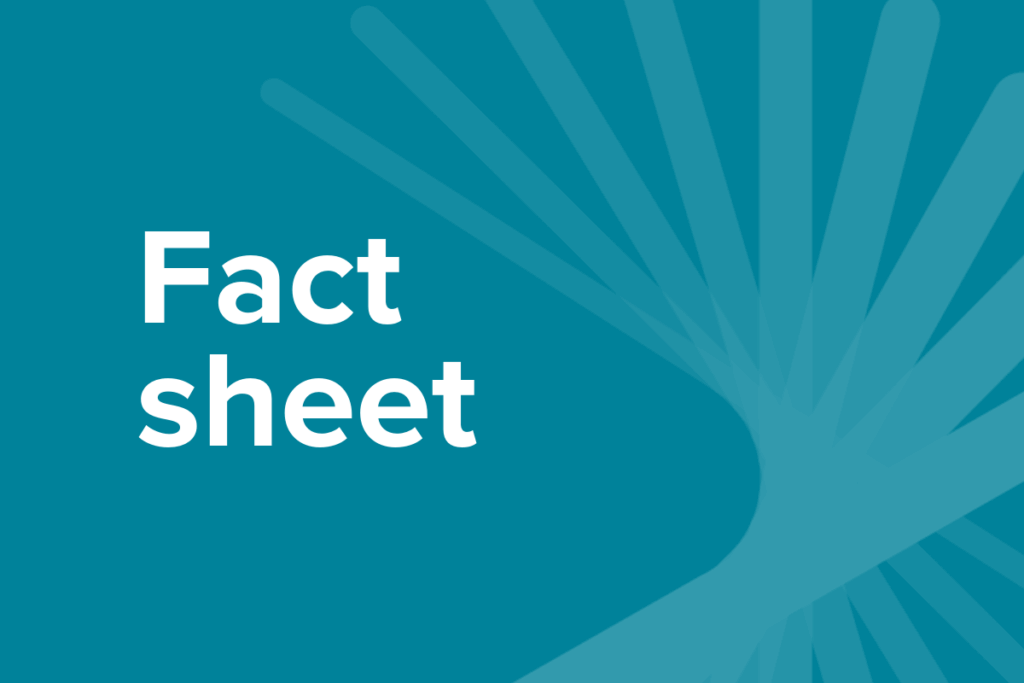Stroke
Around 80% of strokes can be prevented and exercise is one of the best preventable measures for long-term health.
Home / Stroke
What is a stroke?
A stroke occurs when the blood supply to the brain is suddenly interrupted, reduced or blocked. There are two main causes of stroke.
Most commonly, an artery in the brain is blocked by a clot, stopping normal blood flow and the delivery of oxygen and nutrients to the brain area and beyond (ischemic stroke). This occurs in around 80% of cases of stroke. The second cause is through a break in the wall of a blood vessel, leading to a bleed in the brain (haemorrhagic stroke). This disruption in blood flow may lead to temporary or permanent damage to the brain.
The range of symptoms from a stroke may include: weakness and/or numbness of the face, arm or leg on either side of the body, loss of balance or falling, dizziness, fatigue, difficulty speaking or understanding others, difficulty thinking and remembering, blurring or reduced vision in one or both eyes, and difficulty swallowing.
If you’re at-risk of stroke, or are a stroke survivor, exercise can play a huge part in your health and independence. To learn how to exercise right with conditions like stroke, connect with your local accredited exercise professional today.
How does exercise help with a stroke?
Physical activity and exercise levels are reported to be very low in stroke survivors. Once a person is affected by stroke, regular exercise and staying physically active can also help reduce the risk of further strokes and improve post-stroke recovery. Reported benefits include:
- Improved walking ability and ability to complete day-to-day activities
- Decreased number of falls and improved confidence
- Improved ability to return to leisure activities
- Improved strength, endurance and fitness
- Improved balance and coordination
- Improved flexibility
- Improved mood
- Improved alertness and cognitive function
- Lowered blood pressure and cholesterol
What type of exercise is best if you have experienced a stroke?
The type of exercise or physical activity that works best for an individual with stroke will depend on the extent of their symptoms, any other medical conditions they may have such as heart problems and diabetes, their exercise preferences, and their ability to get out and about. Doing light-intensity exercise “little and often” is beneficial for people after a stroke and physical activity guidelines recommend that doing something is better than doing nothing.
Breaking up sitting time and avoiding long periods of sitting is also important. Fatigue is often reported as a barrier to exercise, but there is some evidence that exercise can help, so people with stroke, including those with fatigue, should try to find ways to participate in regular exercise or physical activity. There has been a lot of research testing a range of exercise approaches to help people with stroke at different points in the recovery process.
Always consult an Accredited Exercise Physiologist who can develop a tailored exercise plan to suit your needs.
Frequently asked questions
What is an Accredited Exercise Physiologist (AEP)?
An Accredited Exercise Physiologist (AEP) is an allied health professional that prescribes individualised exercise therapy to help people manage their chronic conditions, disabilities, long-term injuries and so much more. They are the most qualified professionals in Australia when it comes to the prescription safe and effective of exercise therapy.
Who should see an AEP?
Anyone who wants to move safely and improve their health can benefit. From chronic conditions to injury recovery, or simply wanting advice on how to exercise right, an exercise physiologist is the expert to see.
Is an AEP covered by Medicare or private health insurance?
Yes. As allied health professionals, exercise physiology services are recognised in government health funding including Medicare, National Disability Insurance Scheme (NDIS) and Department of Veteran’s Affairs (DVA), workers’ compensation and private health insurers. It’s important that you check with your provider as coverage can vary.
Where can I find an AEP?
Use recognised directories like Exercise & Sports Science Australia (ESSA), ask your GP or look for allied health clinics with AEP credentials.
You may also like

How Does Exercise Help With Stroke?
Exercise has many benefits for stroke survivors and those at risk of having a stroke. Exercise plays a pivotal role in both stroke prevention by reducing risk factors and rehabilitation by improving physical and mental health. Personalised exercise with an Accredited Exercise Physiologist supports those who have had a stroke to recover to the fullest […]

Running away from cardiovascular disease
Cardiovascular disease kills one Australian every 12 minutes and is one of the leading causes of death in our country. We all know that we need to look after our heart health, and yet many Australians don’t exercise enough. Being inactive greatly increases your risk of dying from cardiovascular disease, so what’s stopping us from […]

